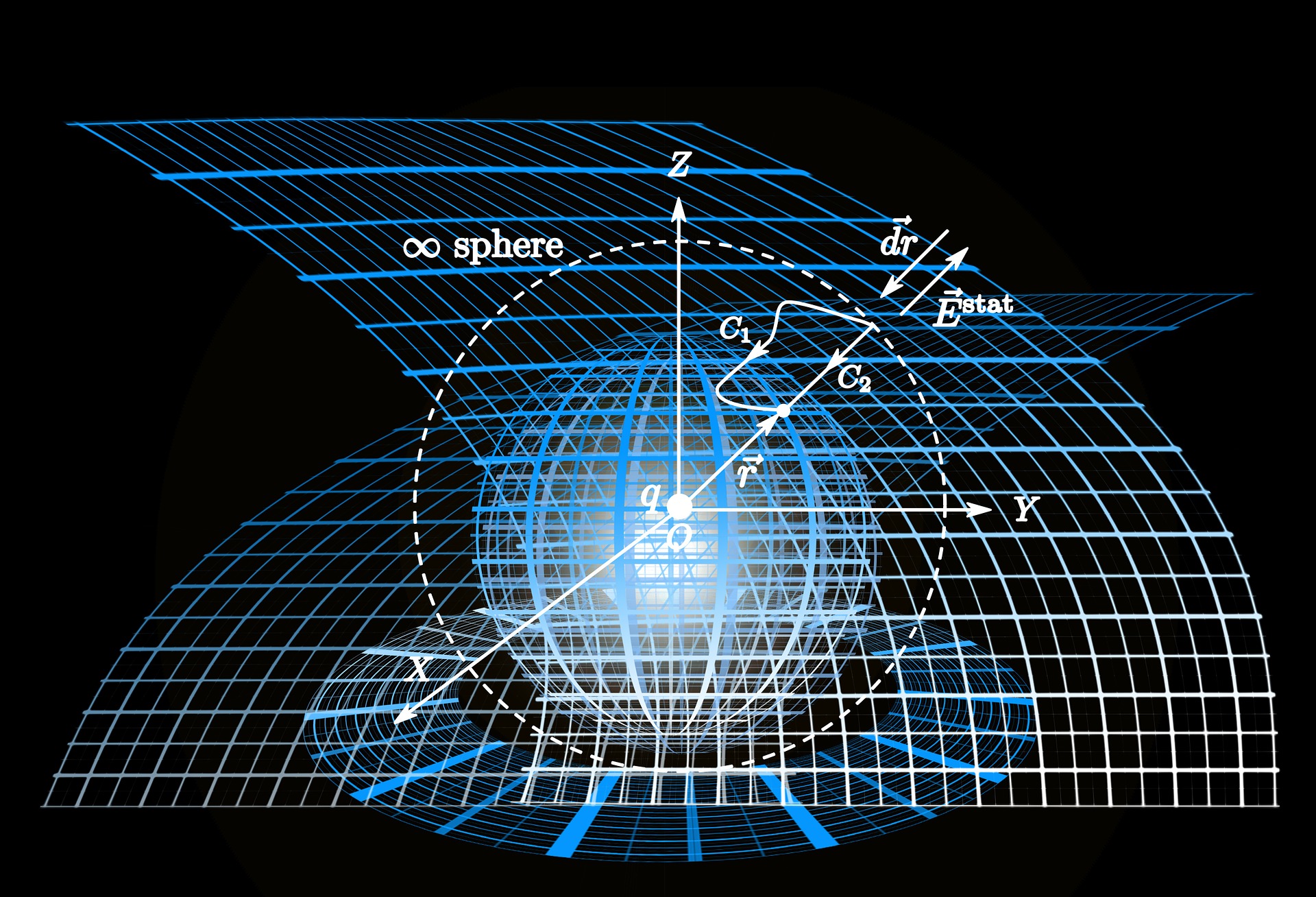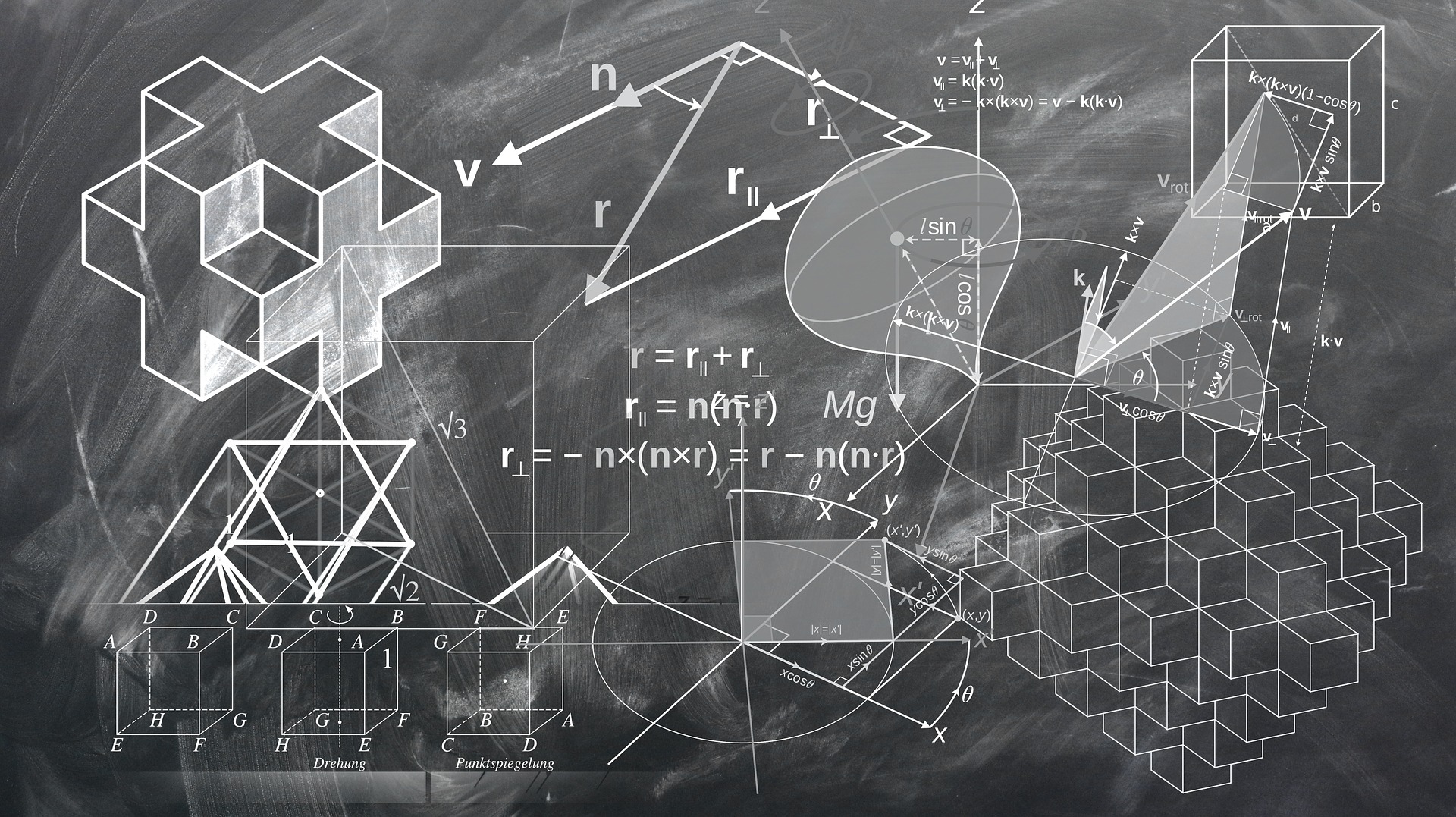Optimal transport
Optimal transport
The Optimal transport (OT) problem has attracted a surge of research interest because it expresses the distance between probability distributions, known as the Wasserstein distance. This strong property enables us to apply this distance to diverse machine learning problems such as generative adversarial networks, graph optimal transport, clustering, and domain adaptation.
The Kantorovich relaxation formulation of the optimal transport (OT) problem is explained briefly. Let ![]() and
and ![]() be {probabilities} or positive weight vectors as
be {probabilities} or positive weight vectors as ![]() and
and ![]() , respectively. Given two empirical distributions, i.e., discrete measures,
, respectively. Given two empirical distributions, i.e., discrete measures, ![]() ,
, ![]() and the ground cost matrix
and the ground cost matrix ![]() between their supports, the problem can be formulated as
between their supports, the problem can be formulated as
![]() ,
,
where ![]() represents the transport matrix, and where the domain
represents the transport matrix, and where the domain ![]() is defined as
is defined as
![]() ,
,
where ![]() and
and ![]() are the marginal constraints. Moreover, we present the sum of the two vectors respectively as
are the marginal constraints. Moreover, we present the sum of the two vectors respectively as ![]() and
and ![]() , i.e.,
, i.e., ![]() and
and ![]() . Note that
. Note that ![]() is equal to
is equal to ![]() in the standard OT formulation. The obtained OT matrix
in the standard OT formulation. The obtained OT matrix ![]() brings powerful distances as
brings powerful distances as ![]() , which is known as the
, which is known as the ![]() -th order Wasserstein distance. It is used in various fields according to the value of
-th order Wasserstein distance. It is used in various fields according to the value of ![]() . Especially, the distance is applied to computer vision when
. Especially, the distance is applied to computer vision when ![]() , and clustering when
, and clustering when ![]() . When
. When ![]() is the ground cost matrix and
is the ground cost matrix and ![]() we specifically designate the
we specifically designate the ![]() -th order Wasserstein distance as the OT distance.
-th order Wasserstein distance as the OT distance.




